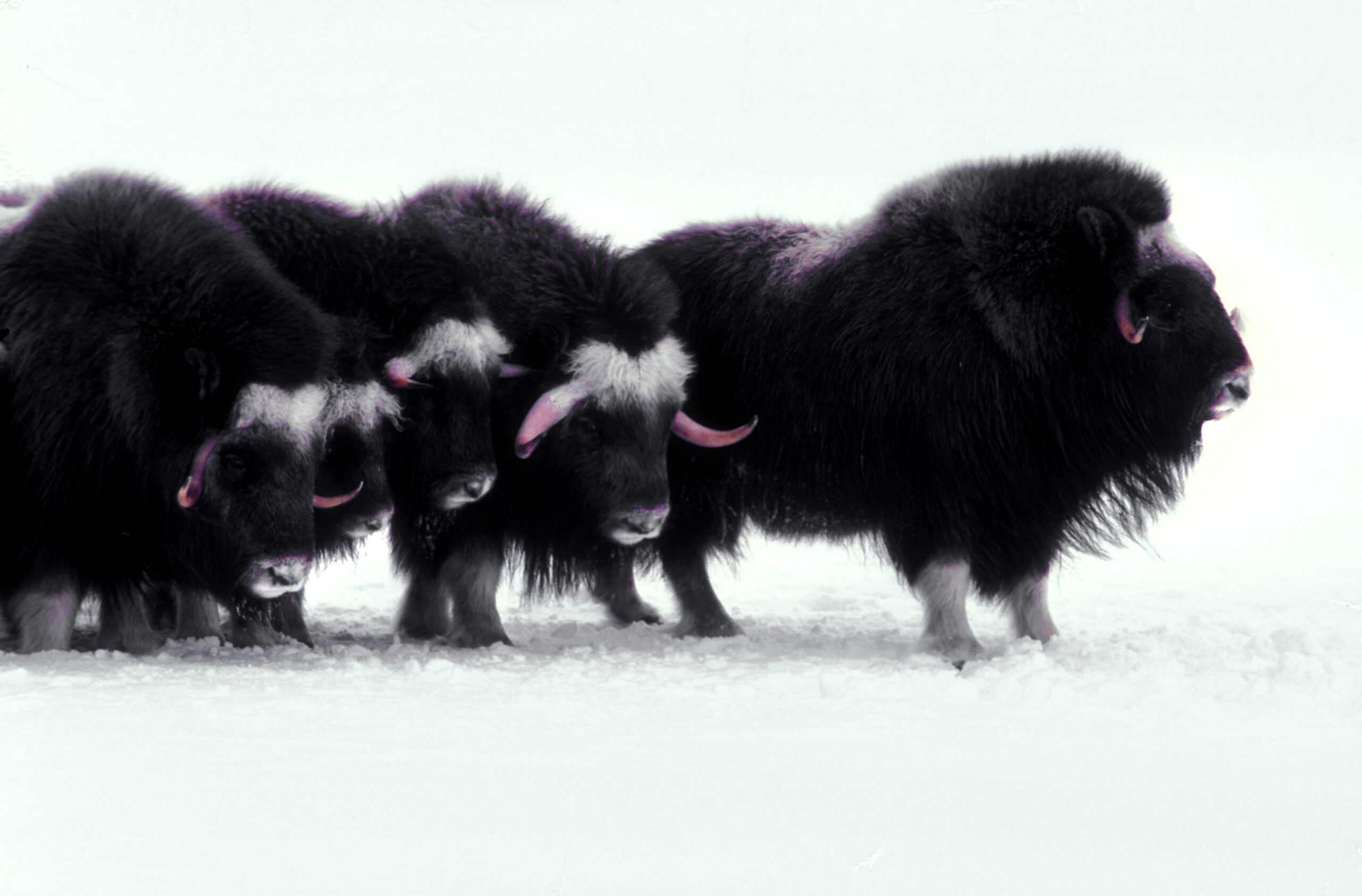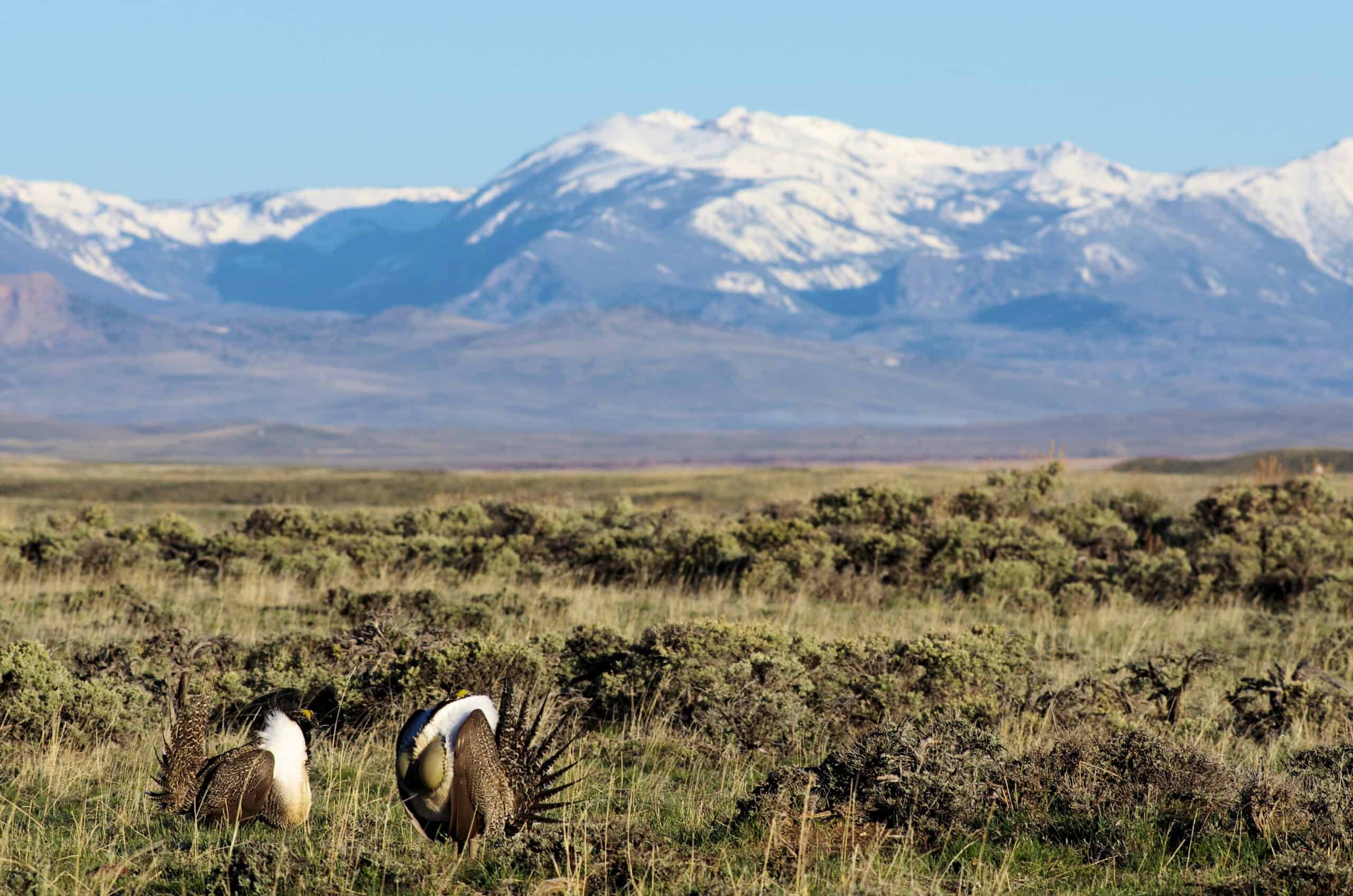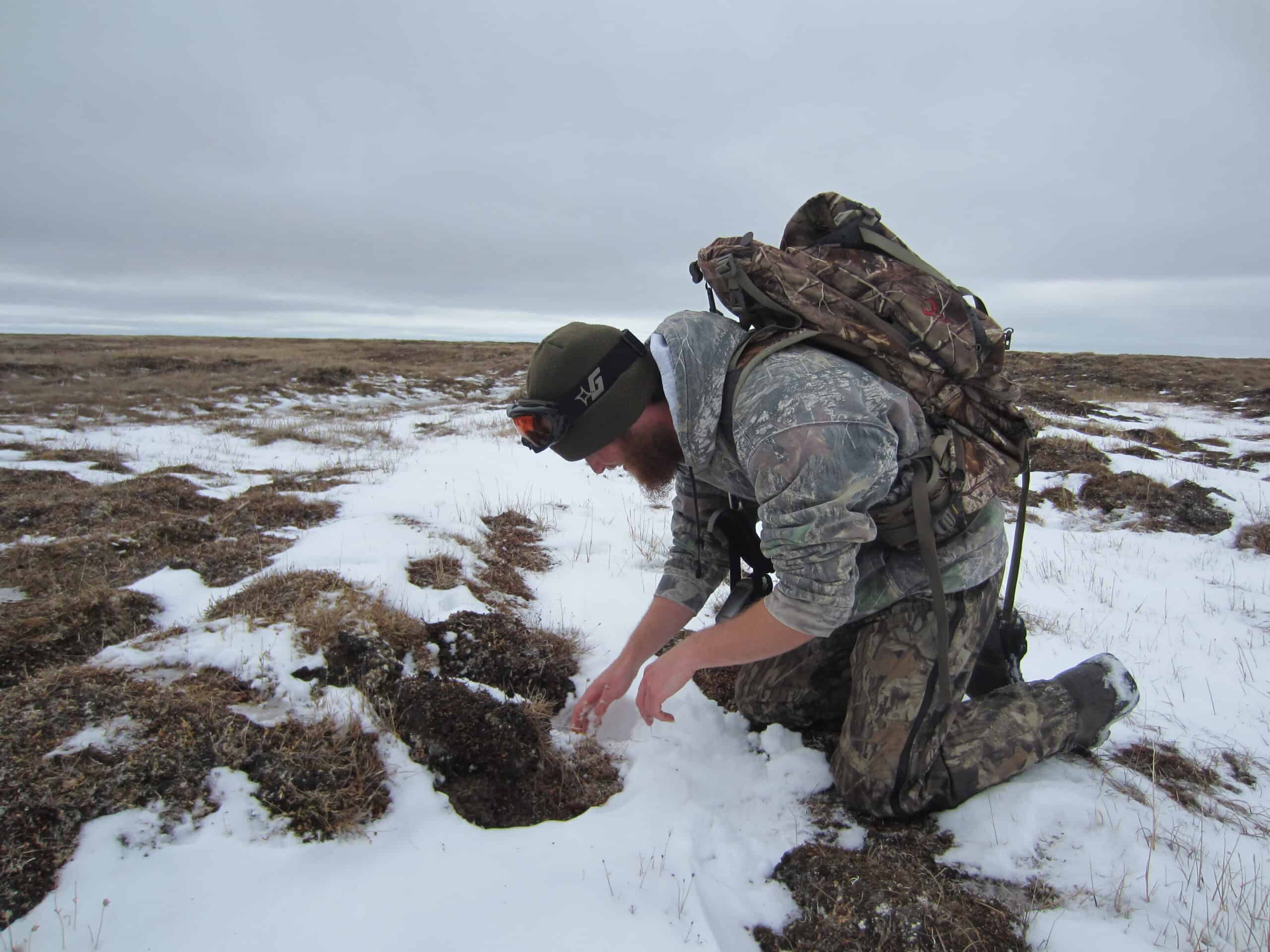Share this article
Wildlife Featured in this article
- beluga whale
- spotted seal
- walrus
- polar bear
- caribou
- grizzly bear
- wolf
- wolverine
- snowy owl
- steller's eider
- black bear
- muskox
Resources Featured in this article
Biden cancels controversial oil and gas leases in the Arctic
The move will help preserve Arctic lands and wildlife, the Biden administration says
The Biden administration has canceled the last of seven oil and gas leases in the Arctic National Wildlife Refuge sold by the Trump Administration in 2021.
“Canceling all remaining oil and gas leases issued under the previous administration in the Arctic [National Wildlife] Refuge and protecting more than 13 million acres in the Western Arctic will help preserve our Arctic lands and wildlife…,” the president said in a statement on the Sept. 6. The administration also announced that it would limit all new leasing in the National Petroleum Reserve in Alaska (NPR-A), the largest block of public land in the U.S.
In 2018, The Wildlife Society expressed concern over energy development in NPR-A in a letter to the Secretary of the Interior. The Society advocated for the “maximum protection” as provided by law for five special areas within the NPR-A due to its rich biodiversity. The NPR-A provides critical habitat for millions of migratory birds and large concentrations of marine mammals including beluga whales (Delphinapterus leucas), spotted seals (Phoca largha), and walrus (Odobenus rosmarus). Critical breeding grounds for two of Alaska’s largest caribou herds occur on the NPR-A. Special Areas within the NPR-A also provide critical feeding and denning habitat for polar bears (Ursus maritimus), grizzly bears (Ursus arctos horribilis), wolves (Canis lupus), and wolverines (Gulo gulo luscus).
The Arctic National Wildlife Refuge (ANWR), east of the NPR-A, includes 19 million acres of land with no roads, trails, or designated entry points. Like the NPR-A, ANWR is home to hundreds of thousands of caribou that migrate to the refuge to rear their young. It also serves as habitat for millions of migratory birds such as snowy owls (Bubo scandiacus) and steller’s eiders (Polysticta stelleri). The Arctic Wildlife Refuge is one of the few locations that is inhabited by polar bears, grizzly bears, and black bears (Ursus americanus). Muskox (Ovibos moschatus) herds are iconic to ANWR; their reintroduction to the refuge serves as a conservation success story. The species was restored to ANWR in 1970 after having completely vanished from Alaska by the 1890s.
The Arctic is warming twice as fast as the rest of the planet in the midst of the global climate crisis. Oil drilling will exacerbate the degradation of Arctic habitat caused by warmer temperatures, releasing mass amounts of carbon dioxide stored in untouched Arctic soils and further progressing the melting of glaciers and sea ice. Oil spills in the Arctic would also be devastating, resulting in the loss of critical food sources for thousands of marine mammals and seabirds. An oil catastrophe in ANWR would also deeply affect the Gwich’in and Iñupiat tribes, which depend on the wildlife of ANWR as a stable food source. There are still no proven methods to effectively clean an oil spill in this region.
The battle surrounding ANWR’s conservation versus energy development has been long, dating back to 1986 when the Reagan administration first recommended that it be opened to oil and gas development. In 2020, the Trump administration announced that the U.S. would auction off 22 tracts of land on the coasts of ANWR for oil and gas leasing; in 2021 only 11 of them were purchased at auction. Following President Biden’s inauguration, the new Secretary of Interior Deb Haaland suspended the purchased leases. Last week’s announcement from the White House made these suspensions permanent. Going forward, former ANWR leaseholder, Alaska Industrial Development and Export Authority announced plans to seek litigation against the president’s decision.
Header Image: Muskoxen in Alaska. Credit: USFWS








